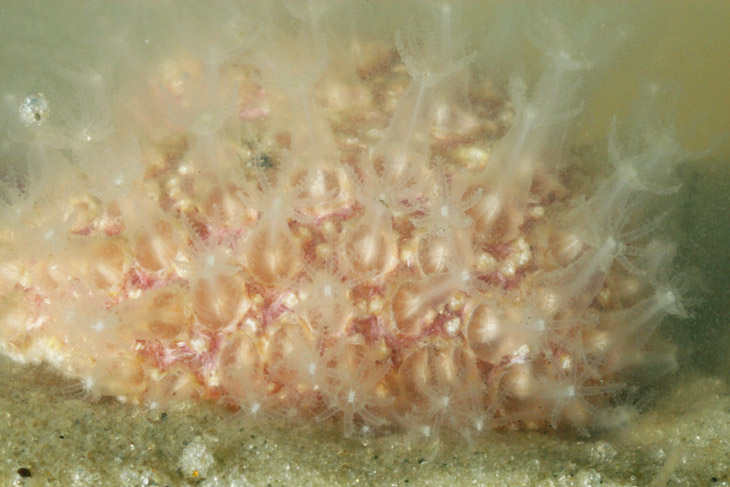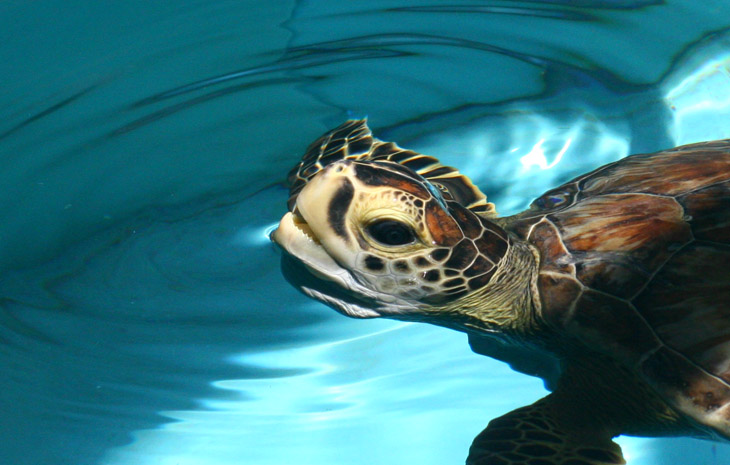
Okay, I finally got enough time and an adequate frame of mind to tackle the Savannah/Jekyll Island trip – or at least part of it. You may note that, while I talk about cleverly handling a schedule in the podcast, I never actually said when I would get around to this, so I’m not behind schedule at all.
As before, I am including a few images to help illustrate the narrative, if I may use such an overblown word. This time around, it doesn’t matter too much if you jump ahead. But maybe later it will, so this could be good practice for you.
Walkabout podcast – Necessary research
Did you get to the part discussing the Georgia Sea Turtle Center yet? Good – you can now scroll down to the next three pics below. You can also check out my previous visits to the center here, and here, mostly for the images – the information hasn’t changed in any significant way.
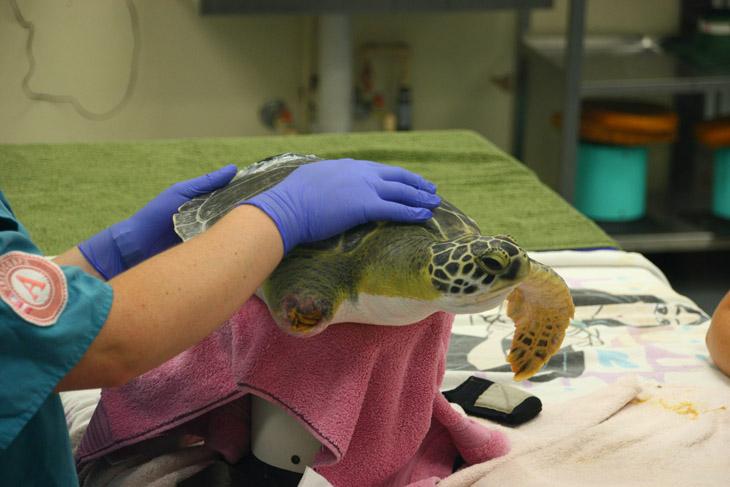
 Above, a green sea turtle (Chelonia mydas) during its veterinary exam – I did not think to check the info board on this one to find out what the missing forelimb was attributed to; while many injuries to sea turtles come through encounters with boats, fishing gear, and garbage, wounds of this nature are often caused by sharks, which can target the limbs easier than the armored torso. Many of the shark attacks on humans come from the exact same trait, as sharks see the arms and legs of surfers dangling in the water to either side of a surfboard from underneath, and register the silhouette as a turtle. Most such injuries to humans are bite-and-release, not because the sharks are as sporting as fishermen (or at least we don’t think so,) but because the taste and texture is all wrong and sharks don’t consider humans as a food source.
Above, a green sea turtle (Chelonia mydas) during its veterinary exam – I did not think to check the info board on this one to find out what the missing forelimb was attributed to; while many injuries to sea turtles come through encounters with boats, fishing gear, and garbage, wounds of this nature are often caused by sharks, which can target the limbs easier than the armored torso. Many of the shark attacks on humans come from the exact same trait, as sharks see the arms and legs of surfers dangling in the water to either side of a surfboard from underneath, and register the silhouette as a turtle. Most such injuries to humans are bite-and-release, not because the sharks are as sporting as fishermen (or at least we don’t think so,) but because the taste and texture is all wrong and sharks don’t consider humans as a food source.
To the left, two of many very young diamondback terrapins (Malaclemys terrapin) hanging out in their little “day care center” until they are big and healthy enough to release – you gotta love that shell pattern. They measured approximately 3cm in carapace length. The numbers painted on their backs were used just to tell them apart for medical records and not, as I was told, because the staff raced them after hours, disappointing me greatly. Why would you waste such an opportunity?
Below, a shot showing the lovely shell pattern of another green sea turtle – the plastic pipe in the pool is weighted and primed with vegetable matter when feeding time comes around, letting the turtle pluck its food from the bottom in imitation of natural behavior. Green sea turtles, by the way, primarily get their name from the color of their fat, and occasionally their skin like the exam image above; the shells are usually various shades of brown as seen here.
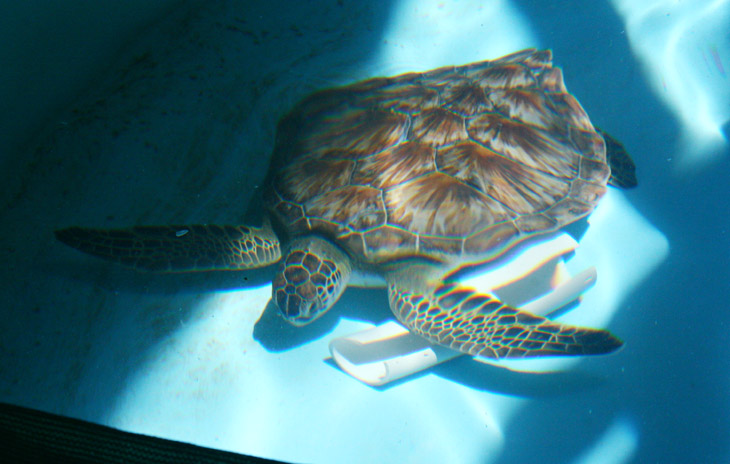
Now, you can wait here until I talk about heading out to get sunset photos on Driftwood Beach…
While you’ve already seen the better version of this photo sequence, I’m posting this one because it shows what the sunset itself looked like; the sun’s someplace behind that weird cloud bank. The horizon colors allowed from some vibrant backgrounds only with selective cropping.
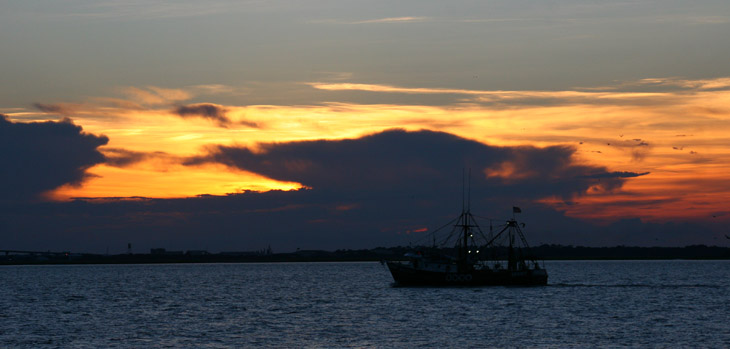
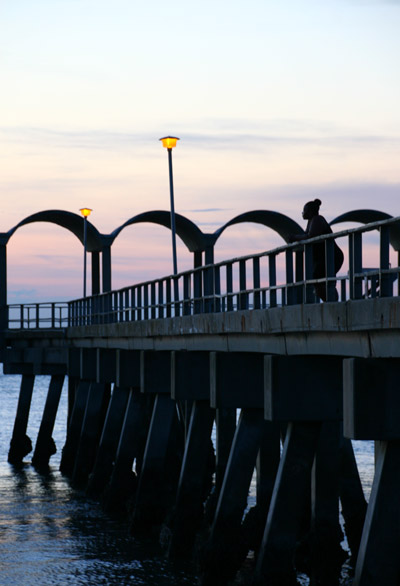 Meanwhile, I haven’t the faintest idea who this is, but she was posed enigmatically on the railing as I approached the fishing pier on the north end of the island, so I positioned myself for the best framing I could, lucky enough that no one else was visible on the pier at the time but unlucky enough not to have any rich colors extending to the sky behind her. It’s a useful illustration of how photography often works; the pier had plenty of people on it, mostly night fishermen, but without capturing any it appears completely empty and the isolation of the lone woman is paramount. Yet, when compared against the other images taken the same evening, these colors seem flat, but had you not seen those, you probably would not have been aware of any lack and could accept the delicate sky as it was.
Meanwhile, I haven’t the faintest idea who this is, but she was posed enigmatically on the railing as I approached the fishing pier on the north end of the island, so I positioned myself for the best framing I could, lucky enough that no one else was visible on the pier at the time but unlucky enough not to have any rich colors extending to the sky behind her. It’s a useful illustration of how photography often works; the pier had plenty of people on it, mostly night fishermen, but without capturing any it appears completely empty and the isolation of the lone woman is paramount. Yet, when compared against the other images taken the same evening, these colors seem flat, but had you not seen those, you probably would not have been aware of any lack and could accept the delicate sky as it was.
Below, the view from the same fishing pier northeast across the sound to St Simon’s Island and the lighthouse thereon, as a few late beachcombers stroll on the sand. Some of the driftwood that gives the beach its name can be seen, but it occurs to pedantic me that this is a misnomer; the dead trees all come from right there, as the shifting shoreline encroaches on the forested area, so none of this is actually driftwood. Now, when the wave action tears them free and carries them someplace else, then they’re driftwood, but they’re appearing on some other beach by that time. I suppose, for the sake of convenience, we’ll just assume that they were all carried back by the waves and are appropriately named.
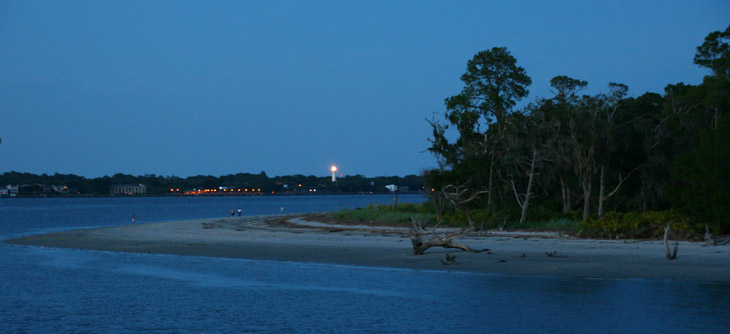
Okay, if you’re still practicing your good behavior without jumping ahead, you should be waiting here until I mention getting back from chasing crabs and starting a photo session in the bathroom.
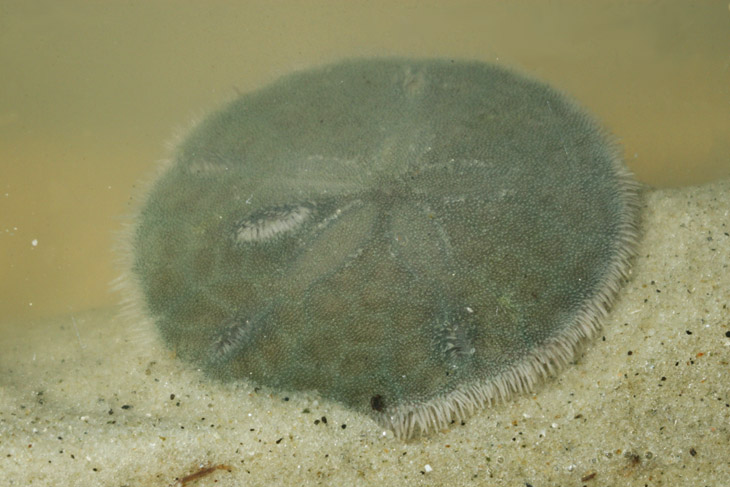
From much later that evening, one of the images I was taking in the bathroom of the motel as the others slept. You can easily tell this is a sand dollar, a type of sea urchin (order Clypeasteroida,) and it’s just starting to industriously bury itself in the sand after I placed it in a good position to photograph; the mouth is the opening to the left of center. By the way, if you hold one in your hand for a bit, you can feel it begin to crawl sideways in an attempt to find sand to conceal itself within.
And one more capture from the day, again stirred up from the seabottom near shore quite easily. I have no actual idea what this is; I had initially thought it was an anemone of sorts, but nothing that I’ve found so far matches, and I wish now that I’d taken more broad illustrative photos (I did not bring any specimens home with me as I am not maintaining a saltwater tank.) Overall, the species had the appearance of a thick kind of lily pad about 15mm across, with a stem (without roots) extending up to a thick oval body along one downturned edge. The underside was pale, while the top side was pinkish-red but covered in pale spots; each of these spots produced an individual trunk capped with, it appears, eight pseudopods or ‘arms’ after resting undisturbed in the water for a short time. Every anemone that I’ve found seems to have the trunk and arms, but are thus individual specimens – this was, to all appearances, a single organism producing a group of feeding trunks. If you have any ideas whatsoever, let me know, because I’m stumped.
